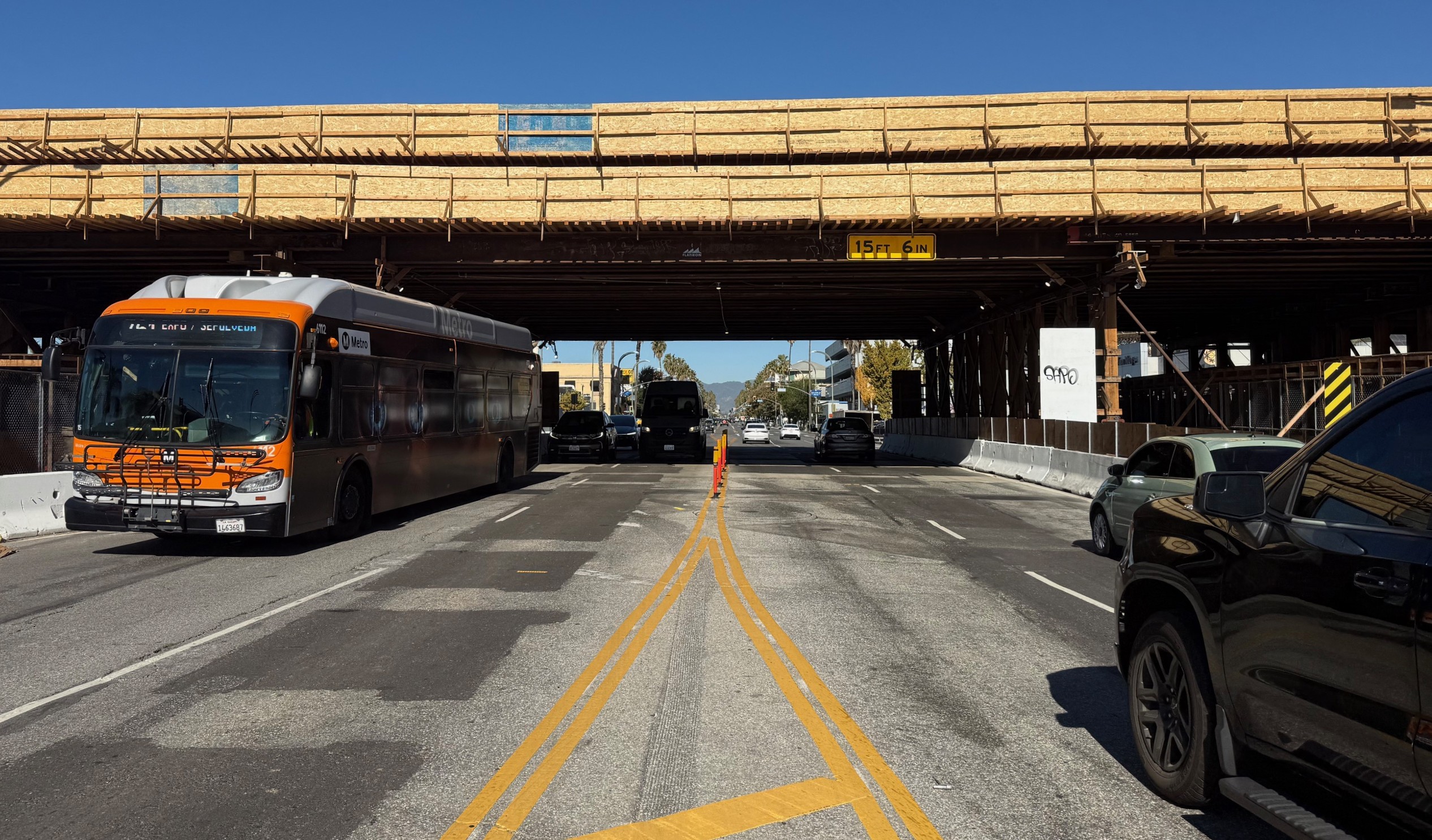 (Image: Subsidyscope)
(Image: Subsidyscope)The myth
that U.S. roads "pay for themselves" thanks to user fees is a subject
that's likely familiar to many Streetsblog Capitol Hill readers -- but
just how much of the nation's highway funding is provided by charging
drivers?
The answer may surprise even active critics of the
current asphalt-centric transportation system. Between 1982 and 2007,
the amount of federal highway revenue derived from non-users of the
highway system has doubled, according to a study released today by Subsidyscope.
Analyzing
Federal Highway Administration data dating back to 1957, the dawn of
the Interstate system, Subsidyscope researchers found that non-users of
the highway system contributed $70 billion for nationwide road
construction and maintenance in 2007. In 1982, by contrast, highway
contributions from non-users totaled just $35 billion (in 2007 dollars).
Today's
study also found that the share of road funding generated by user fees
fell to 51 percent in 2007, down from 61 percent just a decade earlier.
(The accounting used by Subsidyscope, a joint project of the Pew
Charitable Trusts and the Sunlight Foundation, accounted for the use of
about one-sixth of federal gas tax revenue to pay for transit.)
What
has caused the government's increasingly rapid dependence on non-road
user fees -- which more often than not take the form of direct
transfers from the Treasury -- to pay for roads?
Subsidyscope
points out that the federal gas tax has stayed stagnant since 1993,
rapidly losing value as inflation climbs, but the growing popularity of
bond issuances as a way to pay for new roads is also a factor.
According to Subsidyscope's research, the value of new bonds issued to
pay for highways reached $24.7 billion in 2007, up from just $6 billion
in new bonds issued in 1982 (converted to 2007 dollars).
Bond
offerings, which often represent states and localities playing a
greater role in transportation planning, do not guarantee that users
will be paying for new highway construction -- rather, bonds depend on
market conditions to allow a successful leveraging of debt, and the
recent economic downturn has forced many governments to limit their bonding plans.






